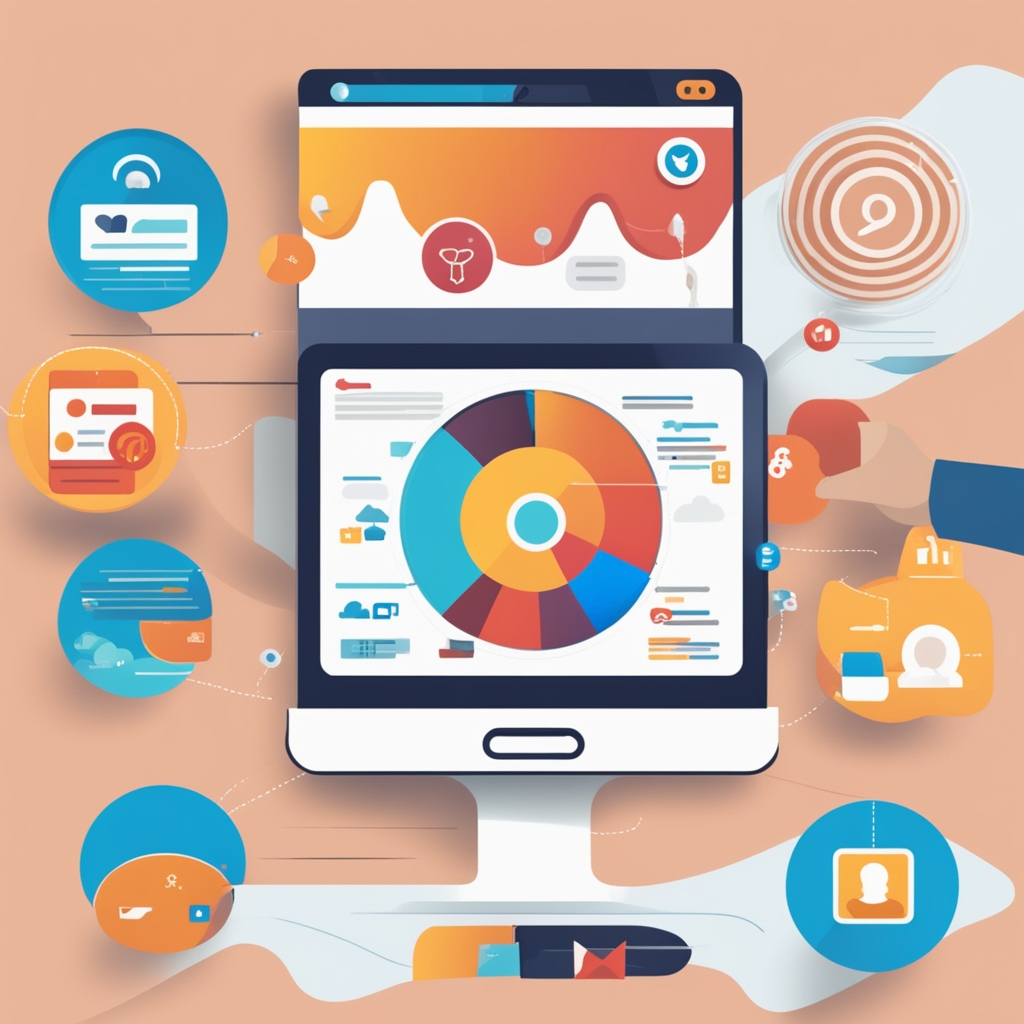Social media has become a crucial tool for businesses, influencers, and marketers to engage with their audience, promote products, and enhance brand awareness. However, simply posting content is not enough; leveraging data-driven insights is essential to optimize performance and achieve strategic goals. This article explores how to use data analytics to improve social media effectiveness.
Understanding Data-Driven Social Media Marketing
Data-driven social media marketing involves the collection, analysis, and application of data to inform strategies and decision-making. This approach ensures that marketing efforts are efficient, targeted, and measurable, leading to better engagement, higher conversion rates, and an overall improved return on investment (ROI).
Key Metrics to Track
To improve social media performance using data, it is crucial to monitor key performance indicators (KPIs), including:
- Engagement Metrics:
- Likes, shares, comments, and retweets
- Click-through rates (CTR)
- Average engagement rate per post
- Reach and Impressions:
- The number of people who see your content
- How frequently your content appears in users’ feeds
- Follower Growth Rate:
- The rate at which your audience is increasing over time
- Conversion Metrics:
- The percentage of users who take a desired action (e.g., sign-ups, purchases, downloads)
- Social media referral traffic to websites
- Customer Sentiment Analysis:
- Evaluating positive, neutral, and negative feedback from users
Steps to Utilize Data-Driven Insights
1. Set Clear Goals
Define what you want to achieve with your social media efforts. Common goals include:
- Increasing brand awareness
- Boosting audience engagement
- Driving website traffic
- Generating leads and sales
- Enhancing customer support
2. Collect and Analyze Data
Utilize social media analytics tools such as:
- Facebook Insights (for Facebook page analytics)
- Twitter Analytics (for tweet performance)
- Instagram Insights (for Instagram engagement)
- Google Analytics (for tracking referral traffic)
- Hootsuite, Sprout Social, or Buffer (for cross-platform analytics)
These tools provide valuable data regarding audience demographics, engagement levels, and content performance.
3. Identify High-Performing Content
Analyze which posts receive the most engagement, shares, and conversions. Understanding what resonates with your audience allows you to replicate successful strategies.
4. Optimize Content Strategy
- Post Timing: Use insights to determine the best times to post based on audience activity.
- Content Type: Identify whether videos, images, infographics, or text-based posts perform best.
- Messaging Tone: Determine which language style (formal, casual, humorous) drives the most engagement.
5. A/B Testing
Conduct A/B testing by creating variations of content and comparing performance. Test different headlines, images, call-to-actions (CTAs), and posting schedules to determine what works best.
6. Leverage Audience Insights
Understand your audience demographics, interests, and behaviors to tailor content accordingly. This helps in targeting the right audience with relevant and engaging posts.
7. Monitor Competitor Performance
Analyze competitors’ social media strategies to identify gaps and opportunities. Tools like SEMrush and BuzzSumo can help track competitor engagement and content effectiveness.
8. Adjust Strategies Based on Data
Regularly review analytics reports and adjust strategies accordingly. If a campaign is underperforming, tweak the approach by modifying content style, posting frequency, or targeting a different audience segment.
The Role of Artificial Intelligence and Automation
AI-powered tools such as chatbots, predictive analytics, and automated scheduling enhance social media management. These tools help in:
- Analyzing large datasets quickly
- Predicting audience behavior
- Automating responses for better engagement
- Enhancing personalized content recommendations
Using data-driven insights in social media marketing allows for more strategic, targeted, and effective campaigns. By consistently analyzing key metrics, identifying trends, and adjusting strategies, businesses and marketers can maximize engagement, drive conversions, and improve overall social media performance.
Embracing a data-driven approach ensures that social media efforts are not just a shot in the dark but a well-informed strategy aimed at continuous growth and success.




